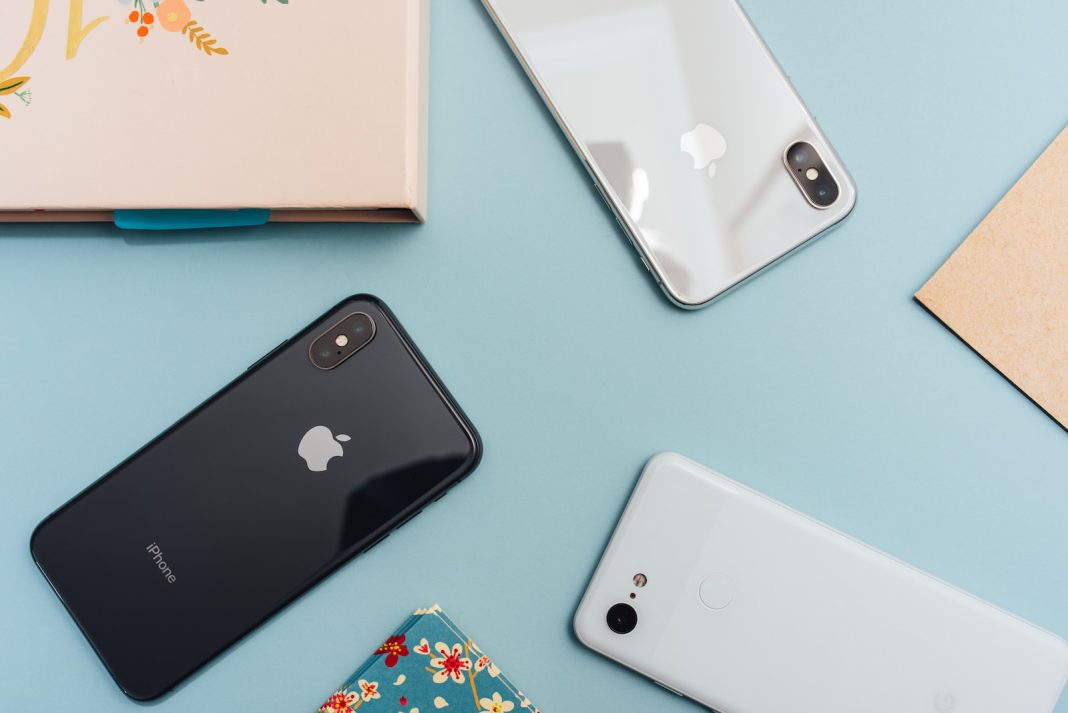Losing an iPhone can be a harrowing experience, akin to misplacing a crucial lifeline to the interconnected world we live in. Whether it slipped between the couch cushions or vanished into the depths of your bag, the panic is real. Fear not, for there’s a beacon of hope in the form of a simple yet effective method: iPhone “pinging.”
So, what exactly is iPhone “pinging”? It’s not Apple’s quirky attempt at transforming iTunes into a social media platform; it’s the salvation for those frantically searching for their prized $1,000 device. Pinging allows users to make their iPhones emit a distinctive high-pitched tone, irrespective of the phone’s sound settings. This nifty feature has undoubtedly been the hero of countless tales involving lost iPhones beneath car seats, buried in cushions, or abandoned on movie theatre floors (though, be considerate and wait until the credits roll before deploying the ping).
The beauty of pinging lies in its ability to override the silent mode on iPhones. While calling your phone might work when the sound is cranked up, it becomes a futile exercise when the device is on silent. Pinging steps in as the go-to solution, especially in those nerve-wracking moments when you lack access to another phone to make the traditional call.
Apple, recognizing the importance of reuniting users with their misplaced devices, has made iPhone pinging a breeze. The tech giant offers three distinct methods to deploy this rescue operation. Let’s delve into each method and empower iPhone owners to reclaim their lost companions.
1. Find My App: Unveiling the Map to Your Lost iPhone
The Find My app proves to be a multifaceted ally beyond just locating your missing iPhone. If your Apple devices share the same Apple ID, you can leverage Find My on your Mac or iPad by simply searching for the app. Alternatively, you can log in to icloud.com and choose Find My from there.
Once in Find My, select your iPhone from the list of connected devices and tap “Play Sound.” Initially, your iPhone will vibrate, but after a few seconds, a distinctive high-pitched sound will commence. This audible beacon will persist until your iPhone is recovered or until you manually stop the sound via the Find My app.
2. Apple Watch: Your Wearable Lifesaver
For fortunate Apple Watch owners, pinging your iPhone becomes a swift task. Access the Control Center on your Apple Watch by pressing the side button or, on older watchOS versions, swiping up from the bottom of the watch face. Tap the button adorned with an iPhone emitting sound waves, initiating a brief ping. Notably, this method provides a quick solution for those moments when time is of the essence.
An intriguing hidden feature accompanies this Apple Watch button – if held down instead of tapped, it triggers your iPhone’s LED to flash. This additional visual cue proves invaluable in situations where the phone’s speaker may be muffled, offering an extra layer of assistance in locating your misplaced device.
3. Siri: A Vocal Assistant in Times of Need
Siri, Apple’s voice-activated assistant, emerges as yet another expedited route to finding a lost iPhone. If an Apple Watch isn’t in your arsenal, summon Siri on any connected Apple device and ask it to locate your missing iPhone. Whether it’s your Mac asking Siri to ping your iPhone or your iPad seeking out your Mac, Siri responds promptly, adding an auditory flair to the search.
In the throes of panic over a lost iPhone, knowing these three methods can make the difference between a brief inconvenience and a prolonged ordeal. Choose the approach that best suits your circumstances and reunite with your beloved device, confident that the power of pinging is at your fingertips.
In the vast landscape of technological advancements, iPhone pinging stands out as a user-friendly, yet invaluable feature. It embodies Apple’s commitment to not only crafting cutting-edge devices but also ensuring that users can effortlessly navigate the challenges that come with owning them. So, the next time your iPhone decides to play hide-and-seek, fear not; let the ping be your guiding melody back to the palm of your hand.


